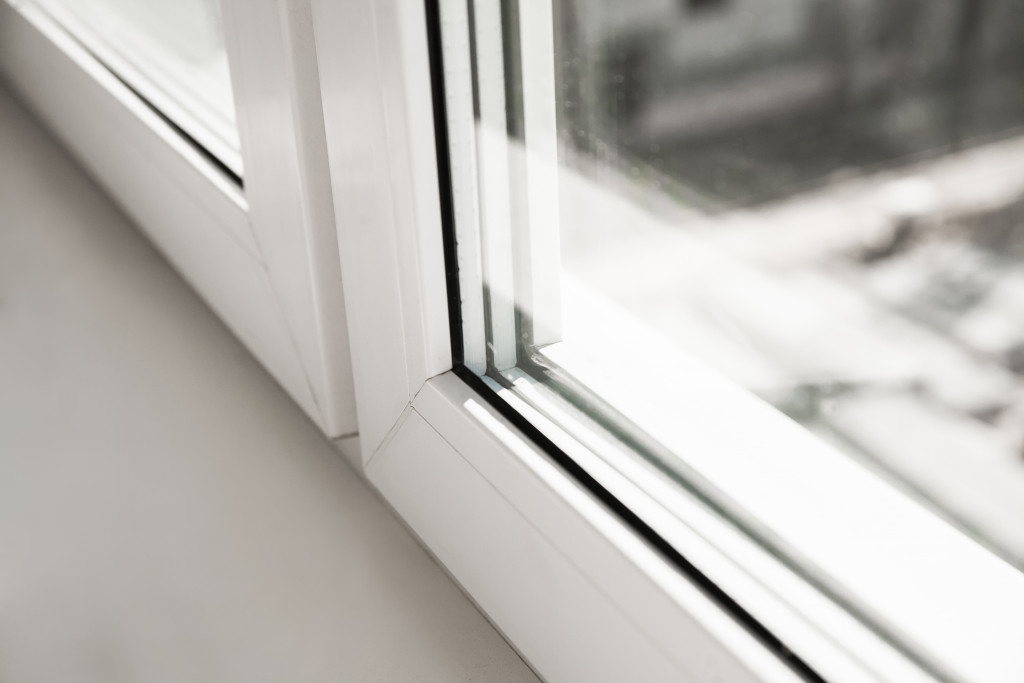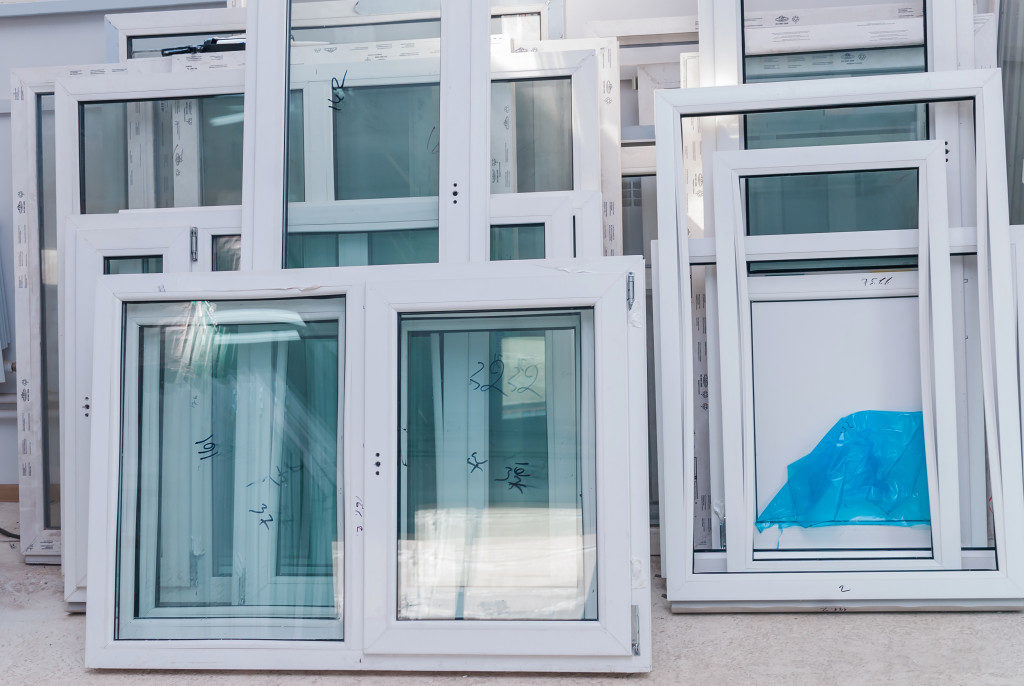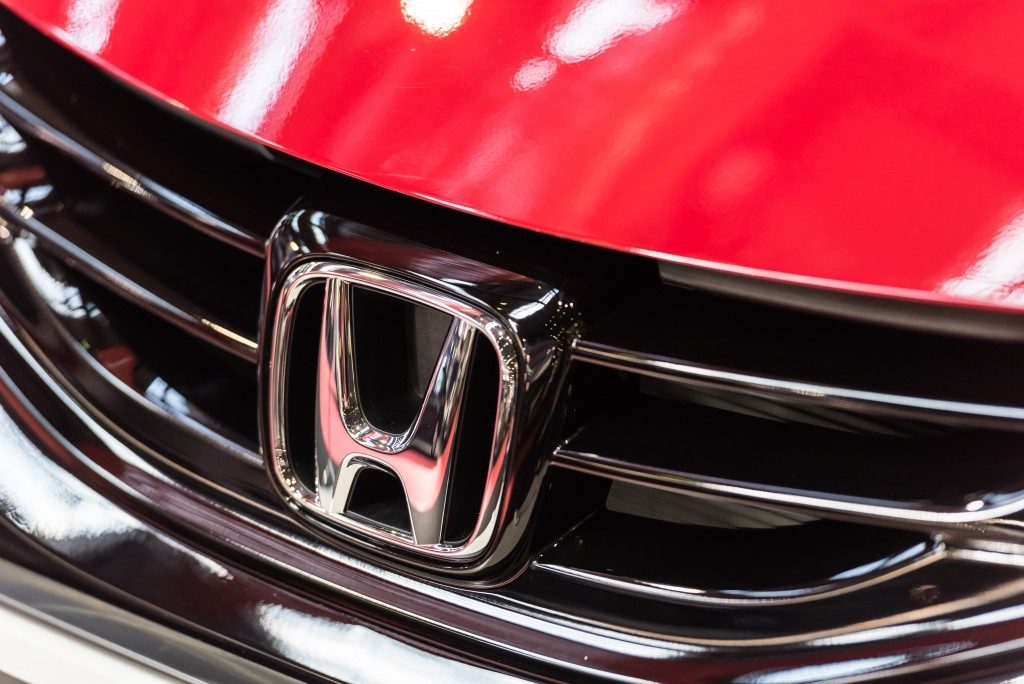It is nowadays impossible to find a building that does not have anything made of glass. With most people intent on natural lighting and high aesthetic impact, glass is one of the primary materials they are shifting towards. This is complemented by plastic roofing sheets that allow maximum light through your roof without compromising your safety and the roof’s functionality.
Plastic roofing comes in several designs, though multiwall and corrugated roof sheets are the most popular. When you settle on glass for your windows, you should also consider their glazing bars. Glass in the past was only produced in small sizes, thus needing glazing bars that would hold several panes together to make large windows. Although glass can be produced in large panes nowadays, the use of glazing bars is still popular. This is because they add architectural details to your windows and boost their safety.
The following are the glazing bar alternatives you have for your glass windows.
Genuine Bars
These are used to partition large window panes into smaller ones for design interest and enhancement of the window’s stability. To this end, they are at times called structural bars and will make your windows harder for burglars to break down. The use of genuine glazing bars meant insulation issues in the past as cold and heat escaped through them. Thankfully, this is not an issue nowadays.
Viennese Bars
These are installed onto your window panes using an adhesive. They can be solely mounted on the outward-facing end or both sides of the glass. They do not affect your property’s insulation and energy efficiency. Viennese bars are primarily used for decorative purposes and are best suited for windows on high floors where a burglar cannot gain access. To boost their aesthetic impact, you can have a bar that matches the window frame installed between panes. Viennese bars are often found in historic buildings to enhance their look.
Helima Bars
These are powder-coated bars that are inserted between your window panes. This means your outer and inner window surfaces are left unchanged and will be easy to clean. The primary disadvantage of Helima glazing bars lies in their ability to conduct energy. As such, they will increase the loss of heat and cold from your interiors and prove to be energy-inefficient.
Clip-On Bars

These are primarily meant to add an aesthetic value to your glass windows. They will be clipped to the outer surfaces of your large window panes to generate the illusion of small glazed sections. The bar is offset from your glass pane to allow the unhindered flow of water and can be unclipped to clean the windows. Clip-on glazing bars are cost-effective solutions that have no impact on your property’s insulation and energy efficiency.
The glazing bars mentioned above are made of timber, uPVC, or aluminum. Timber has exceptional insulation properties but high maintenance needs. uPVC is affordable, low maintenance, and available in multiple colors. Its insulation ability is nonetheless reduced, and its colors fade over time. Aluminum is low-maintenance, durable, and weather-resistant, but quite expensive.
With these choices, you can plan and design your windows and increase the safety of your home. Also, you can boost the appearance of your property.





